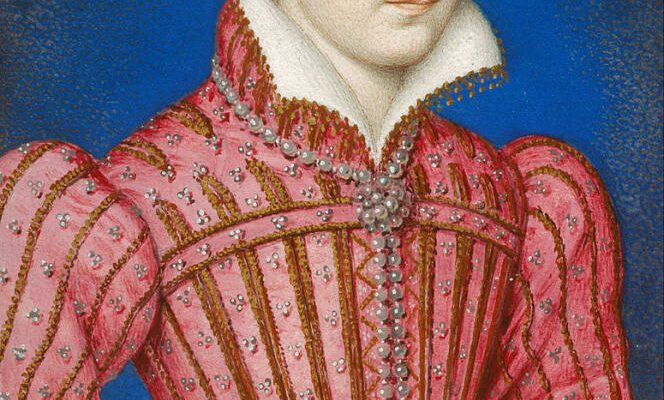“I know you have taken care, in the name of the king [de France], to lessen the outbursts of anger of the queen against me who only wishes her well despite all the evil I have received from her. » The woman who wrote this poignant letter, in June 1578, is a captive and unhappy queen. A series of blows of fate fell on her head – before she lost it, this head, to the ax of a drunken executioner who tried three times to cut it off, on February 8, 1587 .
This queen is Mary Stuart (1542-1587), one of the most tragic figures in history. The “cursed queen” par excellence, according to the image popularized by Stefan Zweig. When she writes this letter, she is 35 years old. She has been imprisoned by her cousin, the Queen of England, Elizabeth I, for more than nine years.D. Great-granddaughter of King Henry VII, Marie Stuart can indeed claim the throne of England; she is even the only legitimate contender recognized by Catholics. For Elisabeth the Protestant, Marie the Catholic therefore represents a serious threat. This is why she will have her imprisoned for more than eighteen years – until her execution.
This letter is one of the 57 missives of the fallen queen who slept, orphans, at the National Library of France (BNF). Encrypted letters of which neither the author nor the contents were known. The key used to encrypt them was “the ultimate in cryptography of the time”underlines George Lasry, computer scientist and cryptographer.
George Lasry is one of three researchers who, along with Norbert Biermann, pianist and music teacher, and Satoshi Tomokiyo, astrophysicist, have managed to crack the code of this mysterious correspondence, a detective job reported in the journal Cryptologia of February 8. This trio of enthusiasts work, in their “lost” hours, to decipher historical encrypted documents. Free electrons, however operating within the framework of an academic project, Decrypt, mobilizing European universities, including the University of Lorraine and its research laboratory in computer science and its applications (Loria).
A “fabulous discovery”
A twist: these letters were therefore from the hand of Queen Mary Stuart. A “a fabulous literary and historical discovery, the most important made for a hundred years on Mary Queen of Scotland”, enthuses John Guy, an expert on this turbulent period of British history at the University of Cambridge (United Kingdom). A vein to be exploited, too, for historians.
You have 70.92% of this article left to read. The following is for subscribers only.
